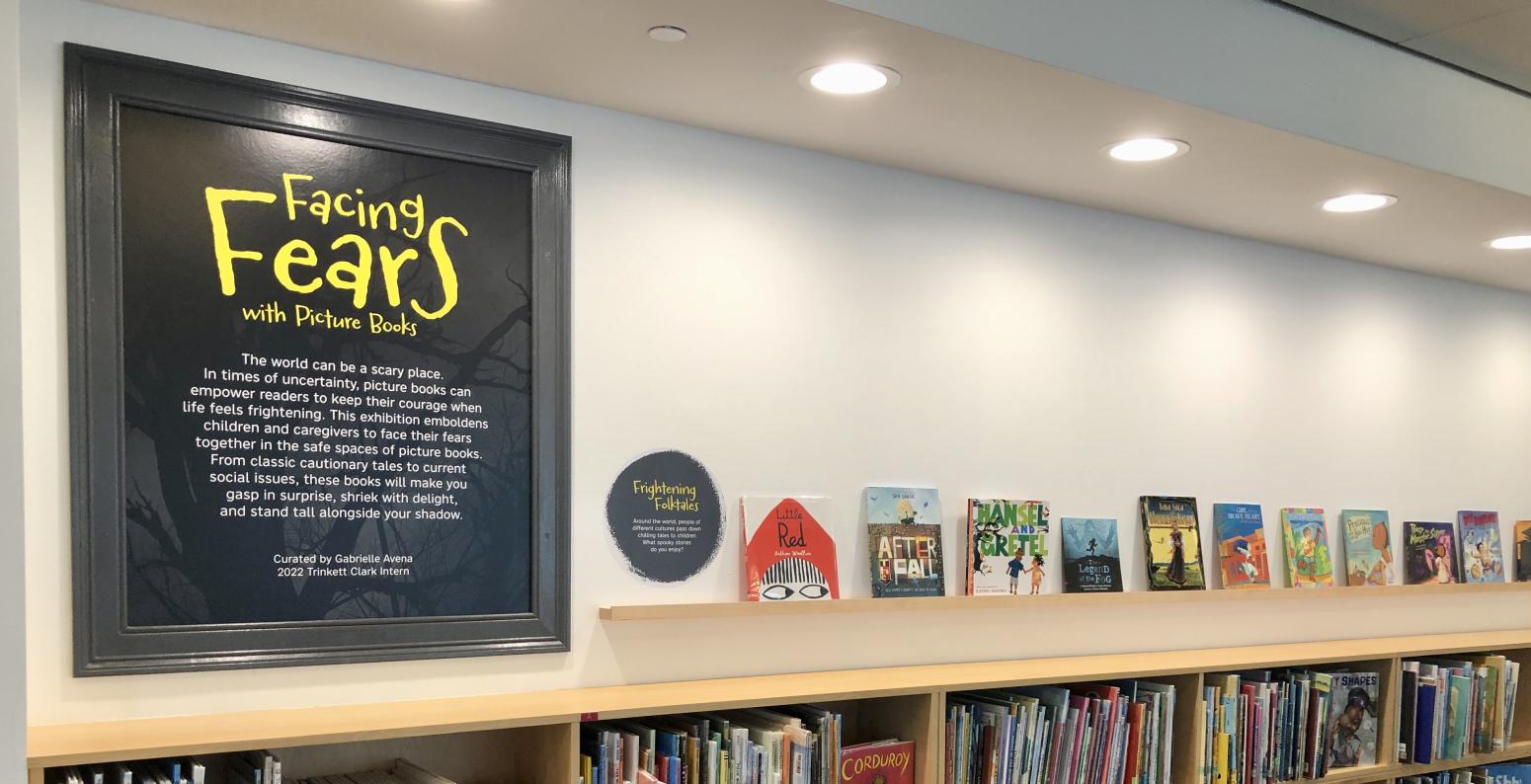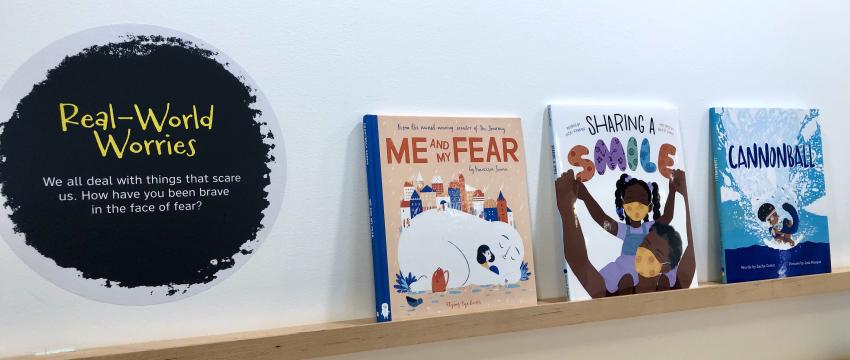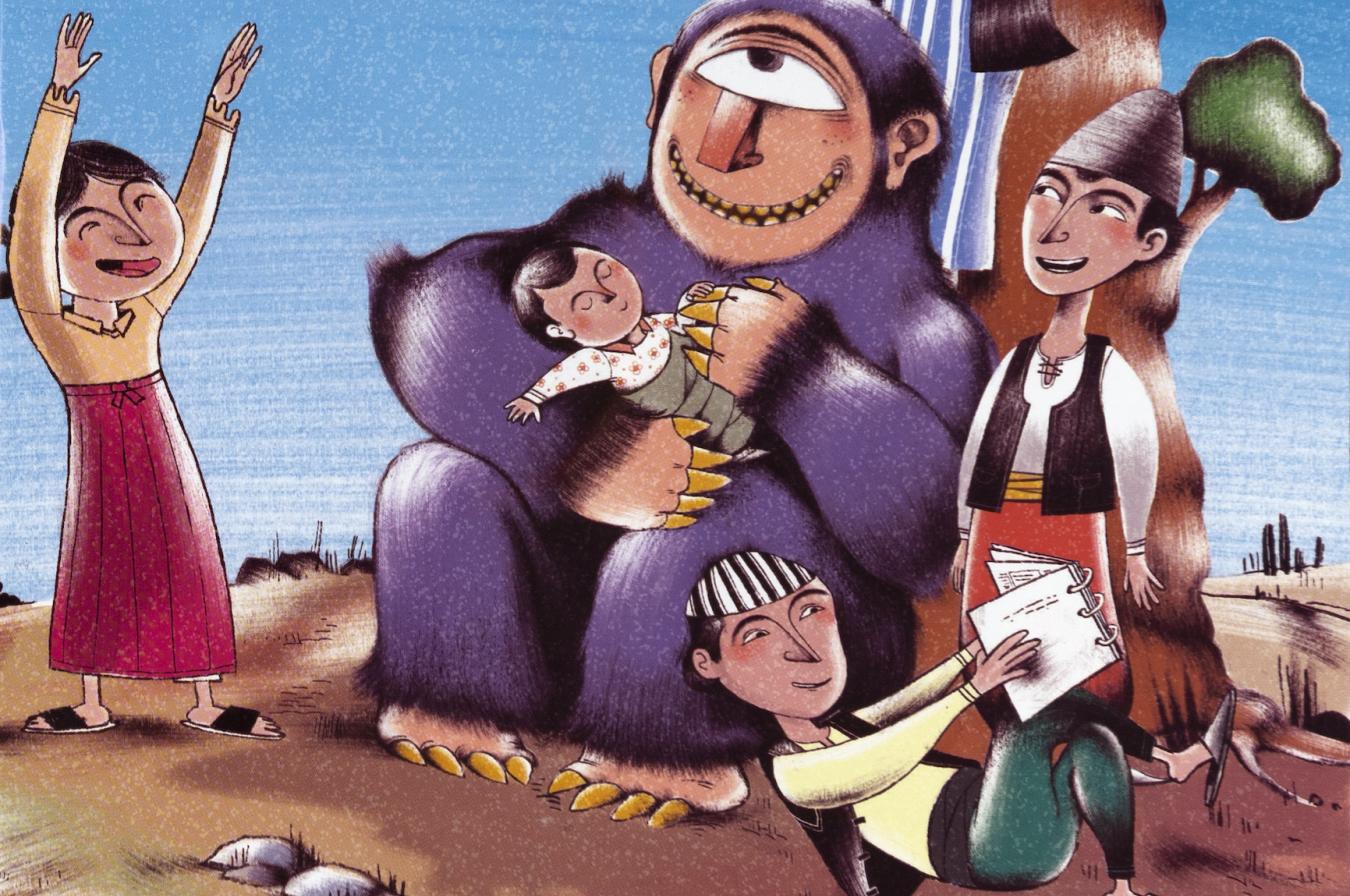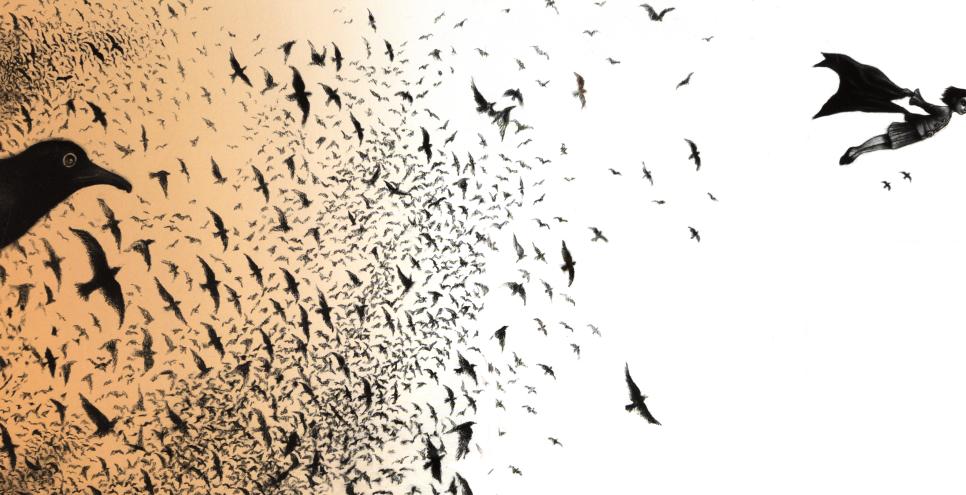
Facing Fears with Picture Books
Can you remember a time in your childhood when you enjoyed a good scare? Some children like the thrill of being frightened, but the concept of children’s horror can still seem like a contradiction. Why would children’s media aim to terrify its audience, a demographic which we often think of as needing the most protection? Questions like this can influence caregivers and educators to steer children away from stories that might scare them.
And yet, fear is a fact of kids’ lives as much as it is for adults. In the words of the Child Mind Institute, instead of “fearing fears,” grown-ups need to “address their own anxiety” about managing children’s distress. While it is natural to want to shield kids from the horrors of the world, this impulse can actually make it more difficult for them to deal with their dismay.
Picture books provide a unique solution to this problem. By simulating scary situations, the characters in these stories can model crucial coping mechanisms for children to independently face their fears in the future. And as they are often read alongside adults, picture books also offer safe spaces for grown-ups to facilitate discussions with kids about what scares them.

My Reading Library exhibition balances playful surprises with more weighty worries through a selection of over 35 titles. These stories are divided into three thematic sections highlighting classic cautionary tales, contemporary social issues, and humorous horror. From the supplemental resources included on the booklist to the open-ended questions posed on each shelf, this exhibit is designed as a resource to help children and adults face their fears together.
Frightening Folktales
Around the world, folktales are often the first spooky stories we tell to children. These titles feature protagonists who are bold and brave in the face of fantastical frights, like the mischievous meal of Boy Dumplings or the tenacious titular character of Posey the Monster Slayer. As shown in the Gond people’s folk art from Alone in the Forest, these global stories also broaden visitors’ perspectives around fear in different societies.
Like in the Brothers Grimm’s classic tale, Bethan Woollvin’s Little Red faces a big bad wolf with a sharp and scary smile. But in this sly retelling, the former damsel never flinches from her foe.
Bethan Woollvin, Illustration for Little Red (Peachtree). © 2016 Bethan Woolvin.
Real-World Worries
Especially in this uncertain time, children may feel increased anxiety about the world they live in. These books show characters working through everyday worries, from topics as serious as COVID-19 in Sharing a Smile to those as silly as jumping off a diving board in Cannonball. In The Day You Begin, author Jaqueline Woodson sensitively portrays the anxiety that accompanies inhabiting a space where you are different from everyone else. This comforting story reminds children that reaching out can sometimes be the first step to relieving their fear.
Rafael López, Illustration for The Day You Begin by Jacqueline Woodson (Nancy Paulsen). © 2018 Rafael López.
My Friend, the Monster
Although children can and do face truly horrific circumstances, many of their fears may be imagined––like the monster under the bed. Books like The Dark and Shadow, for instance, help children see what hides in the dark in an entirely new light.

In The Ghoul by Taghreed Najjar, a boy decides to seek out the monster reputed to be terrorizing his village. What he finds surprises him––he and the Ghoul are able to connect despite their preconceived notions, leaving a salient message about not labeling difference as “other.”
Taghreed Najjar, Illustration for The Ghoul by Hassan Manasra (Crocodile Books). © 2019 Taghreed Najjar.
Picture Books as Fear-Alleviating Resources
This exhibition emerged in the wake of the Uvalde shooting in Texas, which occurred the week I started my summer internship at The Carle. When choosing a theme for my exhibition project, I felt the need to create something that would urgently address current events, yet be durable for the future; something that would alleviate, not exacerbate children’s fears.
While curating this exhibition, I strove to select picture books that model strategies for children dealing with feelings of fear. Reading Life Doesn’t Frighten Me aloud, for instance, encourages children to declare their bravery to the world. Through After the Fall, kids watch Humpty Dumpty overcome the literal wall of his anxiety. And in What Do You Do With A Problem?, a dark cloud of worry is transfigured into light when the protagonist decides to tackle it head-on.
These strategies for building self-regulation are best exemplified in The Girl and the Wolf. When a little girl gets lost in the woods, a wise wolf talks her through her panic by asking open-ended questions: “Take a deep breath. Close your eyes, then look. What do you see?” The wolf listens as the girl shares her fears and thinks through how she can manage this situation: “I can eat those berries…The ones by the stream where the water is safe to drink.” Through demonstrating deep breathing, active listening, and problem solving, this story inspires readers to believe in children’s capacity for dealing with fear.
Julie Flett, Illustration for The Girl and the Wolf by Katherena Vermette (Theytus Books). © 2019 Julie Flett.

